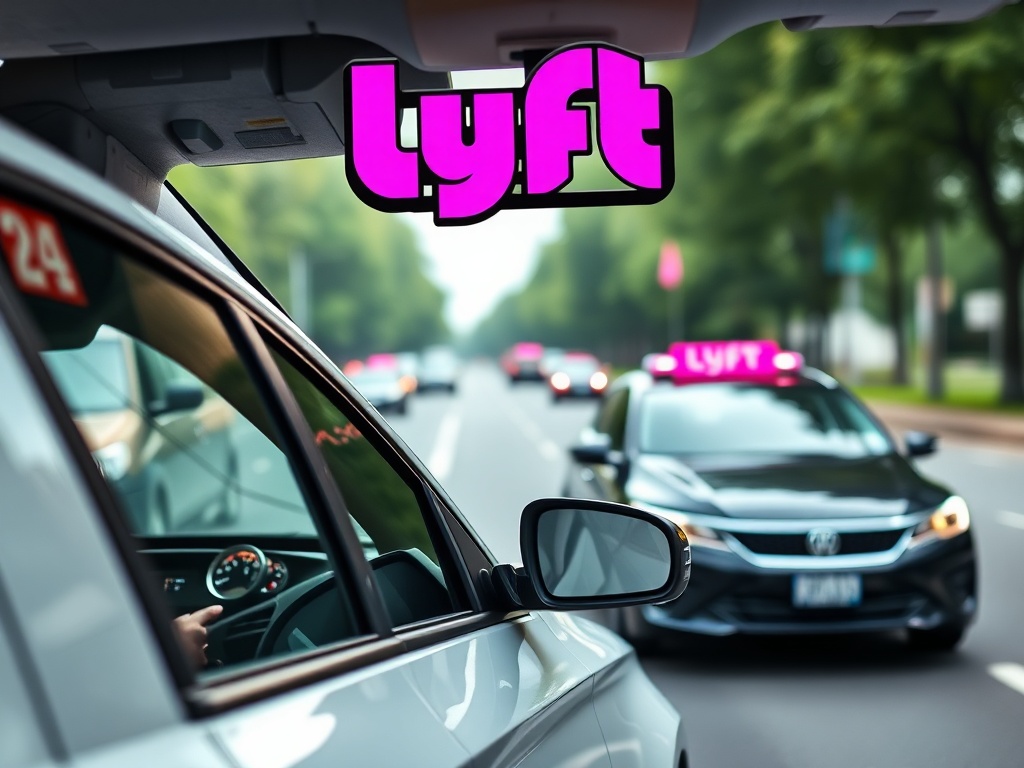Lyft’s push toward electrification and greener mobility is reshaping how riders and drivers experience urban transportation. As consumers demand lower-emission options and cities prioritize cleaner transit, Lyft has layered new features, incentives, and partnerships into its platform to make electric rides more accessible — while also facing the practical challenges drivers must manage when switching from gas to electric vehicles.
What Lyft offers riders
Riders can often select a “green” or EV option within the app to prioritize trips in electric vehicles when available. That choice supports emissions reductions and signals growing consumer preference for sustainable transportation. Additionally, Lyft continues to expand multimodal options in many cities, integrating shared e-scooters and e-bikes alongside car rides to provide flexible last-mile solutions.

How drivers benefit — and what to plan for
Electric vehicles can lower operational costs through reduced fueling expenses and simpler maintenance. Lyft supports drivers transitioning to EVs with targeted incentives, dispatch boosts, and partnerships that help reduce upfront and operational barriers.
Programs exist to help drivers access EVs through discounted rentals or lease offers from partner fleets, and drivers may qualify for various local incentives or rebates when they go electric.
That said, drivers need realistic planning:
– Charging strategy: Install home charging if possible and identify reliable public fast-charging hubs along common routes. Plan shifts around charging windows to avoid downtime during peak demand.
– Battery management: Monitor state-of-charge and avoid deep discharges to prolong battery life. Optimize routing to stay within range margins, especially for longer airport or suburban trips.
– Cost tracking: Compare electricity costs (including fast-charging premiums) to fuel costs for your vehicle and driving patterns. Accounting for reduced maintenance is part of the equation.
Infrastructure and partnerships
Lyft’s progress toward a fully electric network depends heavily on charging infrastructure. The company collaborates with charging network operators, municipalities, and fleet partners to increase access to Level 2 and DC fast chargers in high-demand areas. These partnerships aim to reduce range anxiety for drivers and encourage fleet electrification by making charging more predictable and convenient.
Safety, accessibility, and rider experience
Electrification intersects with rider expectations for comfort, speed, and reliability. EVs deliver quiet, smooth rides, but driver access to chargers influences availability in certain neighborhoods. Lyft continues to balance sustainability goals with equitable service coverage by coordinating incentives and deployment in diverse areas.
What riders and drivers can do now
– Riders: Choose green ride options when available and consider multimodal trips (mixing bikes, scooters, and rideshare) to cut emissions and often reduce costs.
– Drivers: Evaluate total operating cost differences between EVs and gas vehicles for your typical driving patterns, factor in charging time into your daily schedule, and explore partner rental or leasing programs before committing to a purchase.
– Communities and policymakers: Support installation of public chargers in underserved areas to ensure electrified rideshare benefits are felt broadly.
The move to electrify rideshare networks is a complex, multi-stakeholder effort. As options expand and infrastructure improves, Lyft’s continued focus on driver support, rider choice, and strategic charging deployment will be central to making electric rideshare practical, affordable, and widely available.
If you’re considering the switch to electric as a driver or a rider, start by mapping chargers and exploring Lyft’s local programs to see which incentives and tools apply in your city.